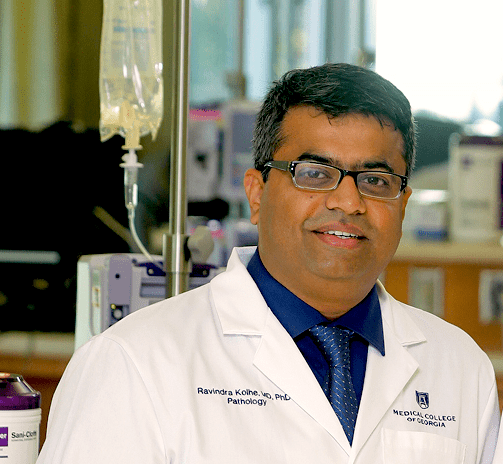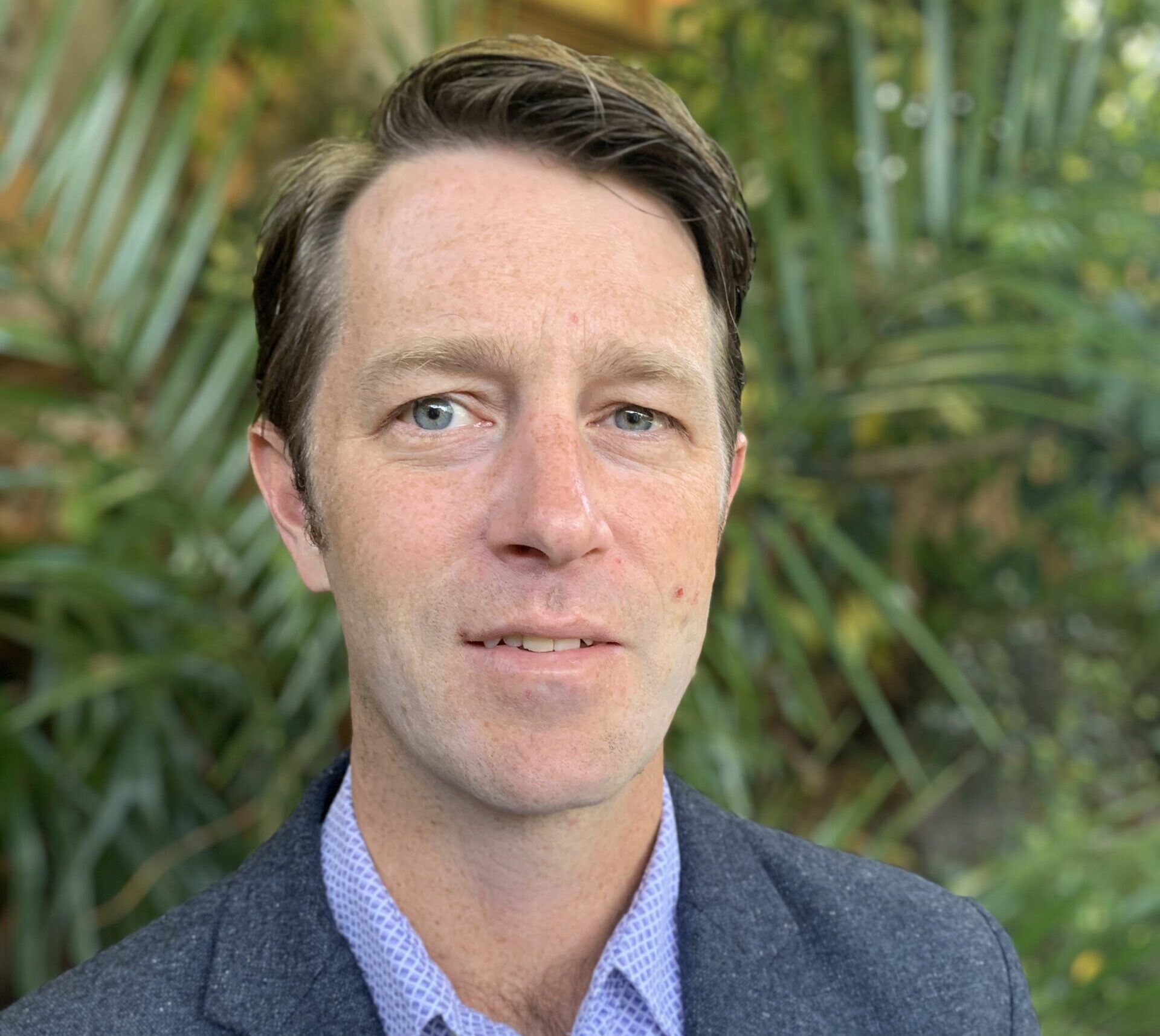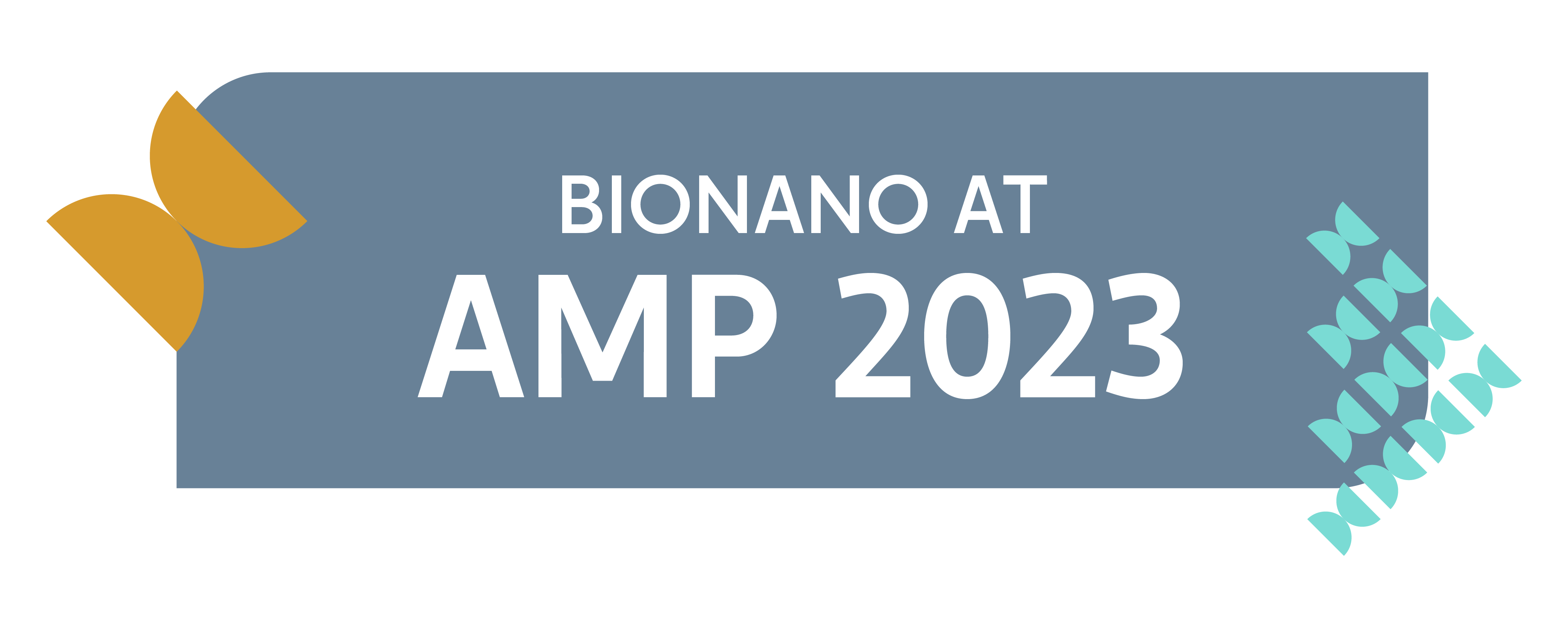
We look forward to meeting in Salt Lake City at the Association for Molecular Pathology (AMP) 2023 Annual Meeting & Expo. AMP is the leading organization in the field of molecular diagnostics, and this annual meeting is widely considered the “premier gathering” of molecular professionals.
Learn
Join us during our back to back lunch time Corporate Workshops (Wednesday, November 15, 12:00-1:50 PM) where clinical experts during the first hour will present their experience in using optical genome mapping (OGM) for structural variant insights in adult and pediatric CNS tumors.
The second half researchers from molecular and cytogenetic labs will showcase how OGM is revolutionizing cytogenomics in hematological malignancies profiling. Data comparison of OGM performance to classical methods has been shown to be highly concordant with current methods in the detection of structural and numerical variants, but it has also been demonstrated to reveal multiple incremental pathogenic variants.
We will also have an Innovation Spotlight (Friday, November 17, 12:00-12:30 PM) where we will provide an overview of Bionano’s end-to-end OGM workflow, with highlights on the latest product developments and innovations that will enhance, streamline, and enable scalability.
Corporate Workshop Session 1
Structural Variant Insights from Adult and Pediatric CNS Tumors: Powered by Optical Genome Mapping
-
Wednesday Nov 15th, 2023
-
12:00-12:50PM MT
-
Room 250C
According to ASCO’s “Cancer.Net” website, CNS tumors account for >300,000 overall cancer diagnoses worldwide and are estimated to be the second most common type of childhood cancers. When it comes to investigating the molecular bases of CNS tumors, and in particular the role of structural variants (SV), multiple technologies have been used over the past decades.
However, the underlying genetic alteration remains unresolved for many samples. Therefore, there is a clear need for the application of new technologies. In this enlightening symposium, three presenters unveil groundbreaking data from their clinical research on SVs in CNS tumors. The data was generated using Optical Genome Mapping (OGM), a method known for its comprehensive, high-resolution, and unbiased detection of SVs across the genome.
As part of this session, a comparison of OGM performance to classical methods, such as microarrays, will also be presented.

Alka Chaubey, PhD, FACMG
Chair, Chief Medical Officer, Bionano

Panieh Terraf, PhD
Clinical Molecular Geneticist, Memorial Sloan Kettering Cancer Center

Ravi Kolhe, MD, PhD, FCA
Professor and Interim Chair, Dept of Pathology, Medical College of Georgia Augusta University

Miriam Bornhorst, MD
Attending Physician and Clinical Director of the Gilbert Neurofibromatosis Institute, Children’s National Hospital
Corporate Workshop Session 2
Revolutionizing Cytogenomics with Optical Genome Mapping in Hematological Malignancies
-
Wednesday Nov 15, 2023
-
1:00-1:50PM MT
-
Room 250C
Optical Genome Mapping (OGM) is emerging as a leading new method to assess the cytogenomic profile of hematological malignancies, as shown by the mounting evidence presented in peer-reviewed publications worldwide. Not only has OGM been shown to be highly concordant with classical methods in the detection of structural and numerical variants, but it has also been demonstrated to reveal multiple incremental pathogenic variants.
Additionally, it is transforming lab workflows by enabling consolidation of multiple assays into a single assay. This session will start with a brief introduction on OGM by Dr. Hastie, followed by Dr. Dubuc and Dr. Crocker presenting clinical research data generated using OGM across different types of hematological malignancies, including lymphomas, myelomas and leukemias.
The session will end with Dr. Smith discussing an international working group initiative and proposed framework for standardized implementation of OGM across cytogenetic labs.

Alex Hastie, PhD
Chair, VP, Clinical and Scientific Affairs, Bionano

Adrian Dubuc, PhD
Assistant Professor of Pathology, Harvard Medical School, Brigham and Women’s Hospital Center for Advanced Molecular Diagnosis

Susan Crocker, PhD
Director of Cytogenetics, Kingston General Hospital, Canada

Adam Smith, PhD, FCCMG
Assistant Professor Dept of Laboratory Medicine and Pathobiology University of Toronto
Innovation Spotlight
Unlocking Easy, Fast, and Scalable Workflows for Optical Genome Mapping
-
Friday Nov 17, 2023
-
12:00-12:30PM MT
-
Stage 1
Optical Genome Mapping (OGM) is emerging as a leading new method to assess cancer and genetic disease samples, providing a comprehensive and high resolution cytogenomic profile. This method is helping to unveil previously unidentified pathogenic numerical and structural variants that may assist in resolving cases that have been cryptic for many years.
Bionano provides a workflow with end-to-end solutions for OGM, including kits for sample isolation and labeling, the Saphyr® platform for optical mapping, and VIA™ software for variant calling, annotation, interpretation, and reporting. During this session, we will provide an overview of Bionano’s end-to-end OGM workflow, with highlights on the latest product developments and innovations to enhance, streamline and enable scalability.

Mark Oldakowski
Chair, Chief Operating Officer, Bionano

Daniel Saul
Director, Software Product Management, Bionano

Darisha Jiandani
Director of Product Management – Systems & Assay, Bionano

Klint Rose
Head of R&D, Bionano
Don’t miss the latest research at the Poster Sessions!
Poster SessionsConnect
If you’re curious about OGM and wondering how it fits into your research, stop by and talk to one of our dedicated team members.
Booth #519
Visit the Bionano booth #519 to check out our core instrument Saphyr, multiple new product updates on our nucleic acid purification Ionic system and analysis software solutions for an end to end OGM workflow. Book a private meeting with an OGM specialists in our meeting room to ask questions on how your current workflow can be elevated with Bionano’s optical genome mapping solutions.
Network
If we want to change the way the world sees the genome, we must move forward together. Enjoy some time with colleagues outside the conference center, exchange resources and ideas, and have some fun!
Poster Sessions
See all the latest research on our solutions at the poster session.
| POSTER | TITLE | LEAD AUTHOR |
|---|---|---|
| G009 | Improved Genomic Classification in Myeloid Neoplasia Using Optical Genome Mapping and Panel-Based NGS |
A. Smith
University Health Network, Toronto, Canada |
| H005 | Evaluation and Comparison of Optical Genome Mapping (OGM) to Standard of Care (SOC) Testing for Hematologic Malignancies on Residual Flow Cytometry Samples in a Clinical Diagnostics Laboratory Setting |
S. Sen
University of Minnesota, Maple Grove, MN |
| H11 | Advancing Myeloid Cancer Diagnostics with the Integrated Workflow of NGS and NxClinical for Copy Number Analysis: Going beyond the FISH |
A.Vashisht, R. Kolhe
Augusta University, Augusta, GA |
| H015-Internal | Optical Genome Mapping for Genome-Wide Structural Variation Analysis in Hematologic Malignancies: Results of a Prospective Study and Impact on Diagnosis and Management |
S. Wicks, T. Sahoo
Bionano, San Diego, CA |
| H22 | Chromoanagenesis: A Common Mechanism That Leads to Highly Complex Karyotype and Extensive Clonal Heterogeneity in Hematological Malignancies |
Q. Wei
University of Texas, MD Anderson Cancer Center Houston, TX |
| H023-Internal | Applying Optical Genome Mapping (OGM) to Detect and Monitor Genomic Biomarkers in Hematologic Malignancies |
A. Pang, T. Kim, A. Chitsazan, A. Hastie
Bionano, San Diego, CA |
| H038 | Optical Genome Mapping Reveals Known and Novel Chromosome Structure across a Range of Hematological Malignancies in a Clinical Setting |
S. Sathyanarayana,
Dartmouth-Hitchcock Medical Center Lebanon NH |
| H051 | Utility, Impact, and Challenges of Integrating Optical Genome Mapping (OGM) Technology in Routine Investigations of Hematological Malignancies: Real-World Experience |
H. Singh, R. Kolhe
Augusta University, Augusta, GA |
| I029-Internal | Genome Integrity Assessment by Optical Genome Mapping for Research in Cell and Gene Therapy, Stem Cell, and Bioprocessing Applications |
J. Estabrook
Bionano, Happy Valley, OR |
| ST027 | Clinical Validation Study of a 505-Gene Panel for Variant Detection in Diverse Solid Tumor Types |
A.Vashisht,
Augusta University, Augusta, GA |
| ST119 | Novel Genomic Structural Variations in Angiosarcomas |
T. Phung, A. Hastie
University of South Alabama, Mobile, AL, Bionano, San Diego, CA |
| ST143 | Comparative Analysis of Chromosomal Microarray (CMA) and 505-Gene Next-Generation Sequencing (NGS) Panel for Homologous Recombination Deficiency (HRD) Phenotype Assessment in Solid Tumors |
A. Vashisht, R. Kolhe
University, Augusta, GA, Augusta University, Martinez, GA |
| ST147 | Clinical Validation of NxClinical for Investigating Copy Number Alterations (CNA) by Next-Generation Sequencing (NGS) in Solid Tumors: A Potential Game Changer |
V. Gupta
R. Government Institute of Medical Sciences, Noida India |
| TT026-Internal | Assessment of Genomic Scars Using NxClinical 6.2 Results in the Identification of Homologous Recombination Deficient Tumors in a Pediatric Cancer Cohort |
L. Lansdon, B. Yoo
Missouri-Kansas City School of Medicine, Kansas City MO 2Children’s Mercy Kansas City, MO |
| TT028 | Homologous Recombination Deficiency (HRD) Phenotype Assessment Using Chromosomal Microarray (CMA) and 523-Gene Next-Generation Sequencing (NGS) Panel: A Comparative Analysis |
A. Vashisht, R. Kolhe
Augusta University, Augusta, GA |
| TT058 | Evaluation of Hi-C Sequencing as a Novel Diagnostic Technology for Detecting Genomic and Chromosomal Structural Variants in Constitutional Disorders |
H. Fang
University of Washington, Seattle, WA |
| TT062 | Optical Genome Mapping as Next-Generation Cytogenomic Technique in Clinical Laboratory: A 1000 Sample Experience |
H. Singh, R. Kolhe
Augusta University, Augusta, GA |
| TT070 | Use of long read sequencing and optical genome mapping to solve unsolved rare Mendelian diseases. |
A. Vashisht, R. Kolhe
Augusta University, Augusta, GA |


